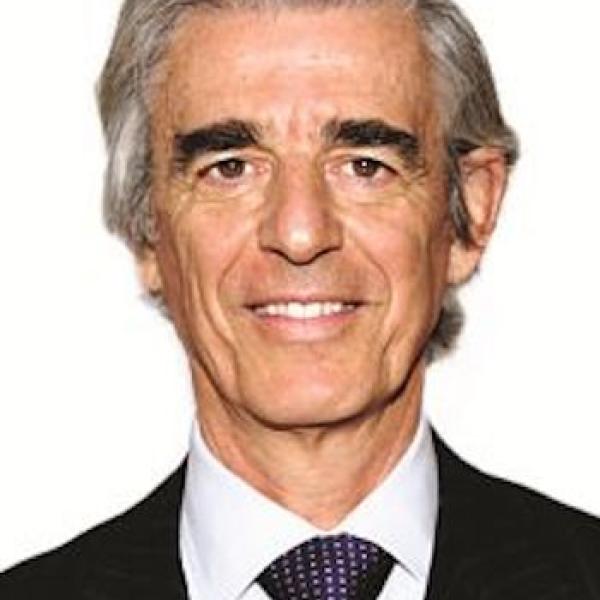Escaping Pay-for-Performance
Key Finding
Performance pay boosts regulator effort but drives high-ability regulators to resign for better private sector opportunities
Abstract
How do regulators respond to performance pay? We address the question using a unique dataset of 24,000 senior federal regulators, the highest-ranking bureaucrats overseeing federal regulatory activities. We exploit a major reform that switched most senior regulators to a pay-for-performance system. In a difference-in-differences framework, we find that the reform increased voluntary resignations by affected regulators, especially high-ability ones. We document a similar response to independent reforms targeting different populations: the staggered adoption of performance pay by financial agencies, and the expansion of performance pay within the Federal Aviation Administration. We explain this dynamic with a structural model, where regulators prefer the public sector, but they have an outside option to earn an uncapped pay in the private sector. A shift to performance pay weakens the public sector preference and induces more effort. The latter increases the salary potential in the private sector and the risk of hitting the government pay cap. Combined, the outside option value increases, motivating high-productivity regulators to resign. Estimating our model, we find that executives exert 4.5% more effort after the reform and 24% of their pay is tied to performance. We evaluate alternative policies to increase regulatory effort and quantify the resulting self-selection in and out of the public sector. Overall, our paper highlights the unintended consequences of paying regulators for performance and the joint impact on effort and on the revolving door between the public and private sectors.





